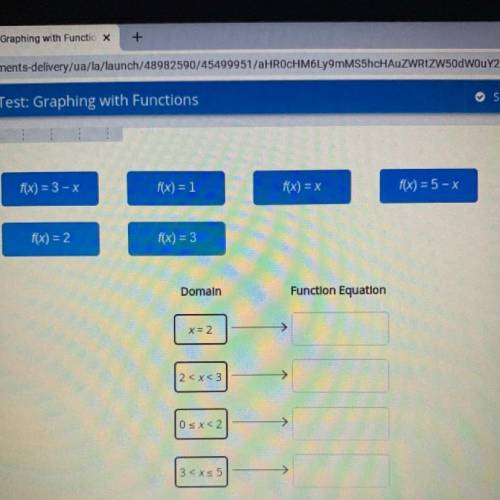

Method 2: Uninstalling 3rd party firewallĪs some affected users have pointed out, several 3rd party antivirus suites are known to be overprotective with the connections that they allow to go through. If this method wasn’t effective in resolving the ‘ following error occurred attempting to join the domain‘ error, move down to the next method below.
In the Windows Features menu, scroll down through the list of features and make sure that SMB 1.0/ CIFS File Sharing Support and any associated sub-menu are enabled. Inside Programs and Features, click on Turn Windows Features on or off from the left-hand pane. Type appwiz.cpl and Press Enter to Open The List of Installed Programs on Windows Then, type “ appwiz.cpl” and press Enter to open up Programs and Features. Press Windows key + R to open up a Run dialog box. Several users have reported that the problem was fixed after they discovered that SMB1 support was disabled on the machine that was trying to connect to the domain.įor most affected users, re-enabling SMB1 via the Windows Features screen eliminated the error and allowed the computer to connect to the domain. SMB (Server Message Block) is a common protocol commonly used across Windows. This particular error is often an indication that SMB 1 support is disabled on the client’s machine. You should eventually find a method that is effective in resolving the issue for your particular scenario. 
Below you have a collection of methods that other users in a similar situation have used to get the issue resolved.įor the best results, follow the methods below in the order that they are presented.

If you’re struggling to resolve this particular error message, this article will provide you with several verified troubleshooting steps.

3rd party firewall is blocking some bi-directional ports used by the joining procedure – There are several 3rd party antivirus and/or firewall applications that are commonly reported as being responsible for blocking domain joining attempts. If that’s the case, you can enable SMB1 support quite easily via the Windows Features screen ( Method 1). SMB1 support is disabled on the client machine – One of the most common reasons why this error appears is because SMB1 support is disabled on the computer that is trying to connect to the domain.








 0 kommentar(er)
0 kommentar(er)
